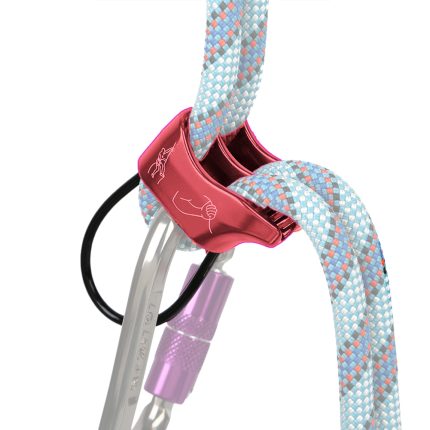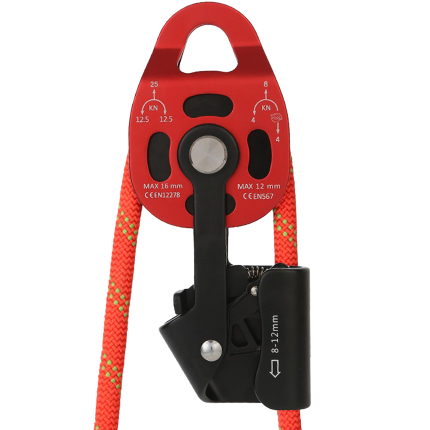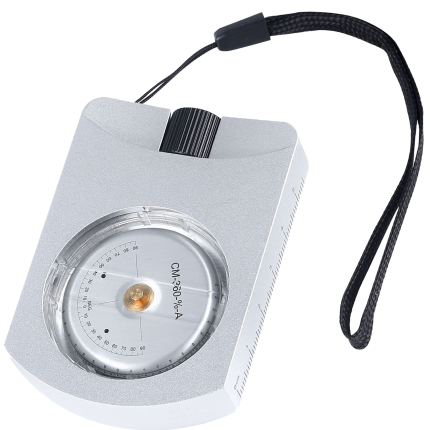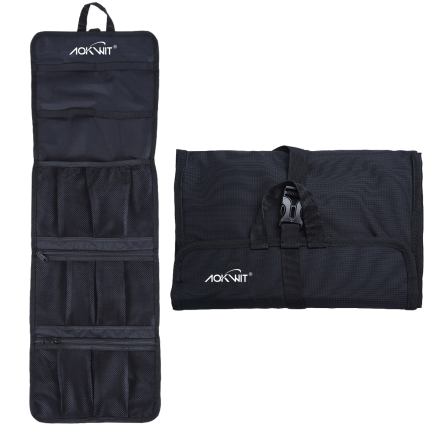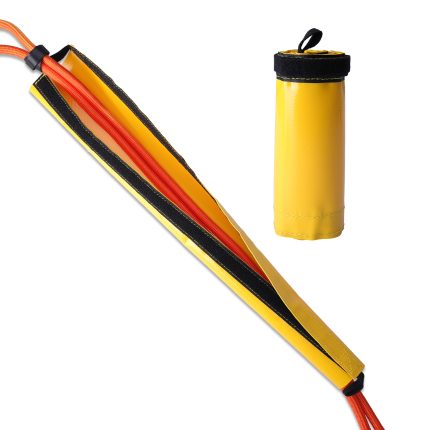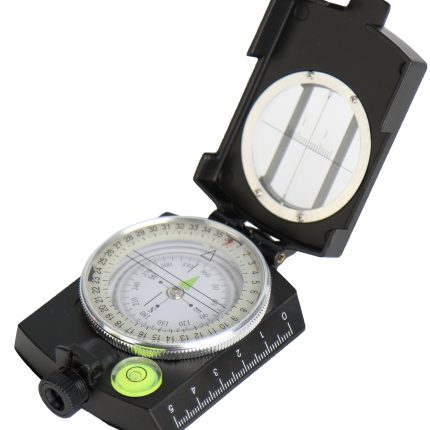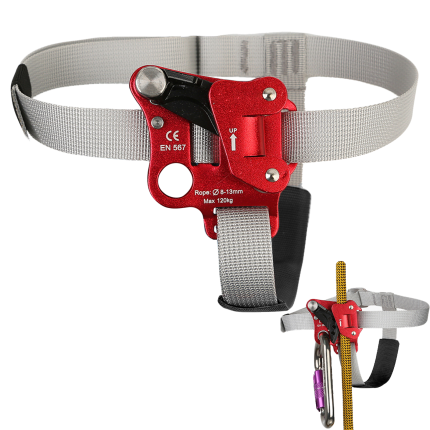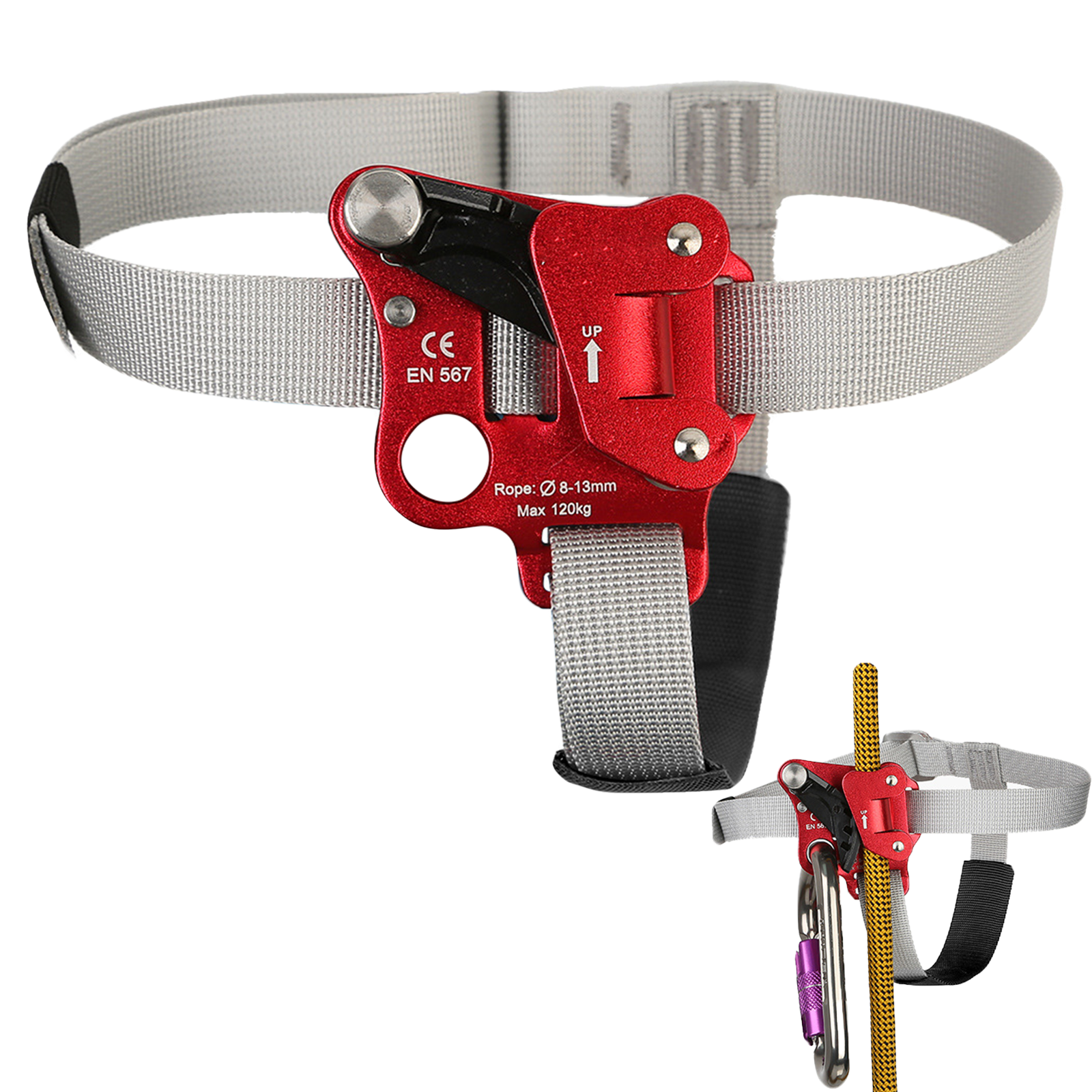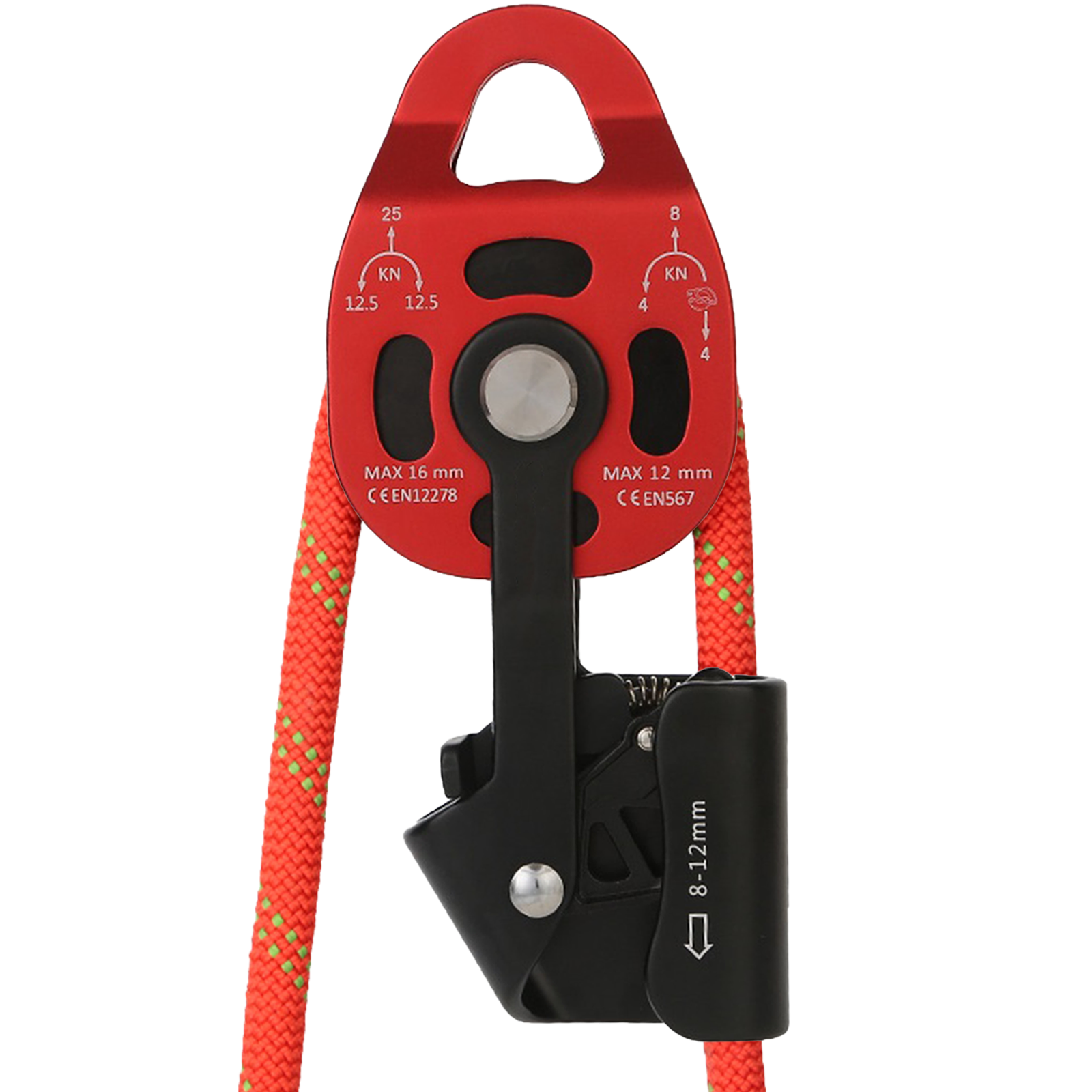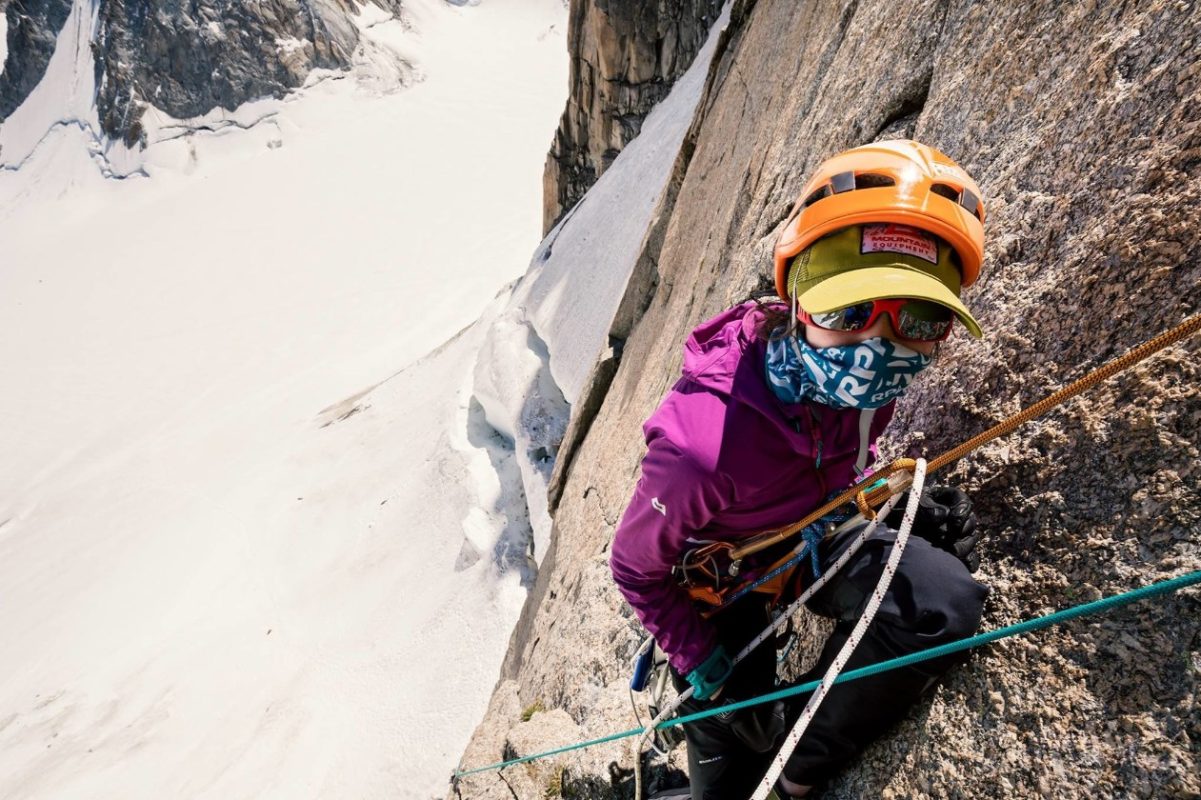Experience & Recommendations on Altitude Sickness

Altitude sickness is a common high-altitude illness encountered during outdoor activities. If severe altitude sickness is not promptly addressed or if one fails to descend in time, it can lead to fatal or disabling consequences such as cerebral edema, pulmonary edema, or sudden death.
I. Introduction to Altitude Sickness and Related Severe Conditions
At high altitudes, low atmospheric pressure reduces oxygen partial pressure, leading to hypoxia in the human body. Combined with cold temperatures and radiation, this triggers a series of maladaptive physiological changes.
From a physiological perspective, the essence of altitude sickness lies in the reduced oxygen-carrying capacity of hemoglobin in individuals from lowland regions under high-altitude conditions, resulting in insufficient oxygen supply to the body.
Generally, individuals with higher metabolic rates and more intense physiological activity are more prone to altitude sickness. However, this does not imply that physically fit individuals are more susceptible or that weaker individuals are immune. Physical fitness should not be used as a criterion for predicting altitude sickness.
High-risk groups include those with cerebral blood supply deficiencies, severe heart conditions, or chronic rhinitis. These individuals may experience varying degrees of altitude sickness due to organ-related issues or poor adaptability.
II. Manifestations of Altitude Sickness Across Human Systems
1. Pulse:
Upon arriving at high altitudes, the pulse rate may increase to 80–90 beats per minute (bpm), with some individuals exceeding 100 bpm. It typically normalizes after a period of acclimatization.
2. Respiration:
Mild hypoxia initially causes deeper and faster breathing. As hypoxia worsens, respiratory rates further increase, accompanied by chest tightness and shortness of breath. Breathing returns to baseline levels after adaptation.
3. Blood Pressure:
Initially, blood pressure rises due to vascular receptor responses and fluid balance adjustments, ensuring adequate blood supply to coronary and cerebral arteries. Blood pressure normalizes post-acclimatization.
4. Nervous System:
The central nervous system, particularly the brain, is highly sensitive to hypoxia. Mild hypoxia initially increases nervous system excitability, causing tension, irritability, headaches, dizziness, insomnia, and forgetfulness.
At higher altitudes, the nervous system shifts from excitation to inhibition, manifesting as drowsiness, apathy, and delayed reactions. Severe cases may involve loss of consciousness or coma, which resolve upon descending to lower elevations.
5. Digestive System:
Digestive gland secretion and gastrointestinal motility are suppressed at high altitudes, leading to appetite loss, bloating, diarrhea, constipation, or abdominal pain.
III. Common Types of High-Altitude Illnesses
High-Altitude Pulmonary Edema (HAPE):
Often triggered by upper respiratory infections, fatigue, overexertion, or cold exposure.
The exact pathogenesis of HAPE remains unclear and cannot be explained by a single mechanism. Potential contributing factors include pulmonary hypertension, high pulmonary perfusion, abnormal ventilatory regulation, and genetic predisposition.
Physiologically, acute HAPE primarily involves pulmonary edema, embolism, and infarction. It may also lead to heart failure or cerebral edema.
Key Notes:
- Since the pathogenesis is unclear, prevention is critical.
- Avoid indiscriminate use of altitude sickness medications, as they may mask symptoms and exacerbate underlying conditions.
IV. Preventive Measures for Altitude Sickness
These recommendations are based on personal experience and consensus among outdoor enthusiasts.
1. Pre-Acclimatization:
Arrive at high altitude 1–2 days in advance. If physically capable, engage in light aerobic exercises (e.g., jogging) to enhance acclimatization. Stay hydrated with warm water.
2. Pre-Training for Cardiopulmonary Fitness (Time-Constrained Individuals):
For those with limited time, begin weighted training 2–3 weeks prior to the trip to improve cardiovascular endurance and hypoxia tolerance.
Example: If planning a 5,000-meter ascent with a 40-pound load, train by carrying 45 pounds or more during stair-climbing and squats. Adjust the load based on route difficulty and body weight (ideally ≤1/3 of body weight to protect knee joints, though real-world demands often exceed this).
3. Gradual Ascent (Gold Standard):
A staged ascent is the safest and most reliable method to prevent acute mountain sickness, widely adopted by commercial expeditions.
Combining Methods 2 and 3 is optimal, especially for mountaineering. Even with time constraints, a gradual ascent is effective. Pre-acclimatization at the destination further enhances adaptation.
Medication Guidelines:
Avoid unnecessary use of altitude sickness drugs. If asymptomatic upon arrival, rest, engage in moderate aerobic activity, and hydrate to maintain a healthy physiological cycle.
If symptoms arise, prioritize rest. Short-term use of anti-altitude sickness medication is acceptable, but prolonged use may mask symptoms and worsen conditions. Concurrent health issues may increase the risk of sudden death; exercise extreme caution.













